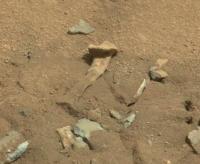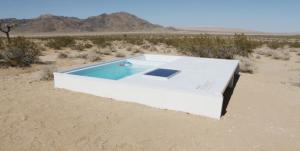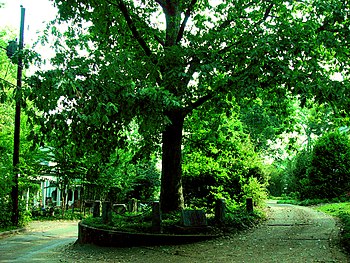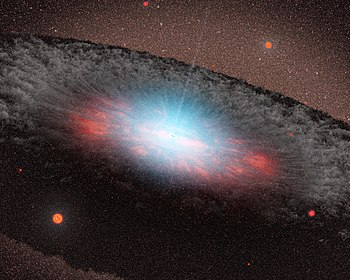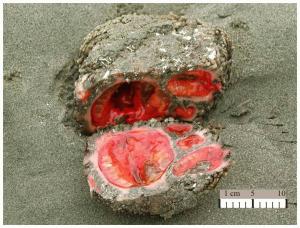 to dive into a giant pit of plastic balls without facing social judgment?
to dive into a giant pit of plastic balls without facing social judgment? The National Building Museum in Washington, DC, last weekend opened a 10,000 square foot ball pit to the general public.
You can see more photos here and here.The installation, called "The Beach," is literally two massive, gallery-white pools, built by Brooklyn design firm Snarkitecture, filled with plastic balls that fully grown adults can actually play in. It is reportedly very large and very fun, and is accompanied by a few dozen beach chairs.

